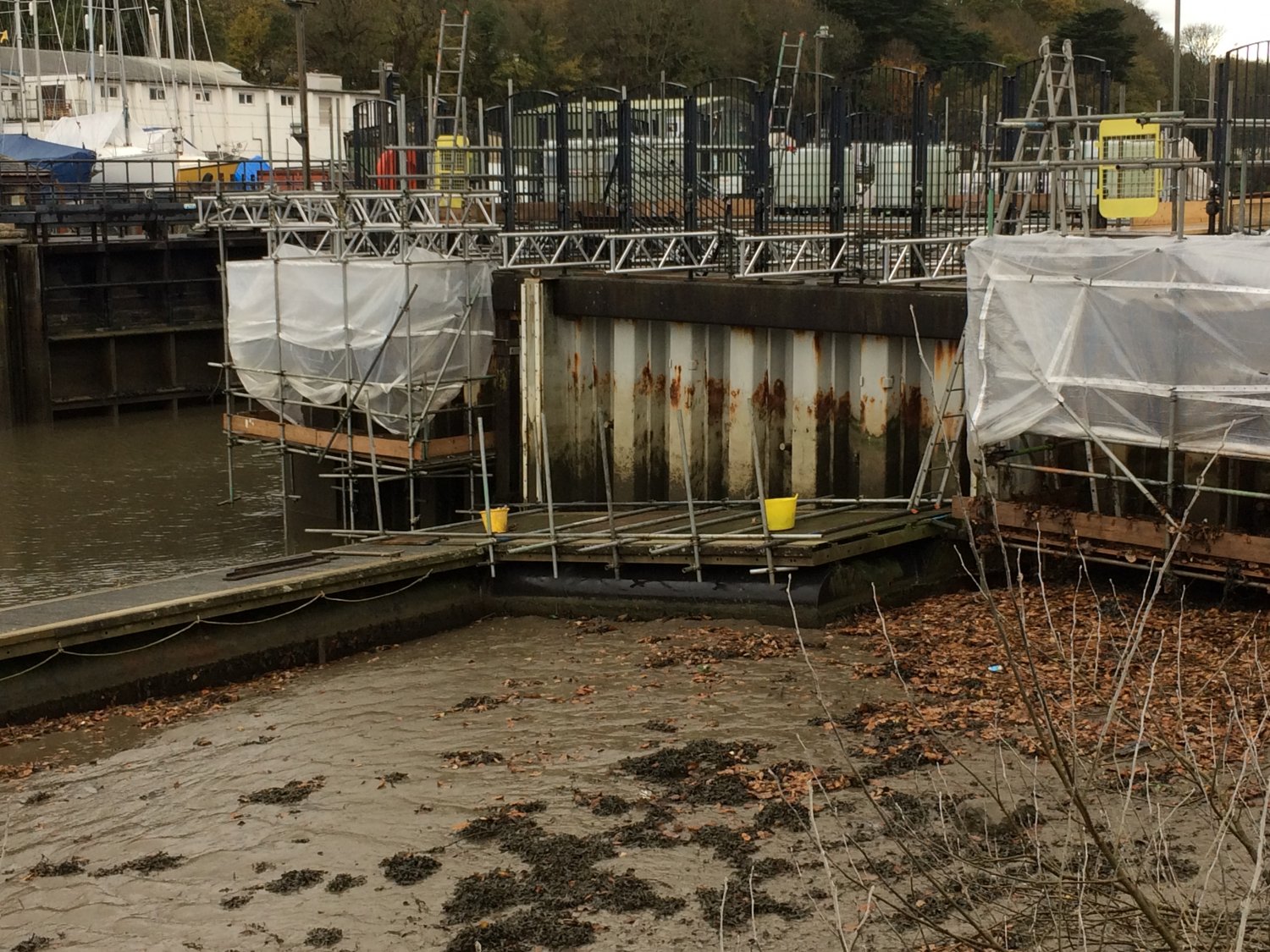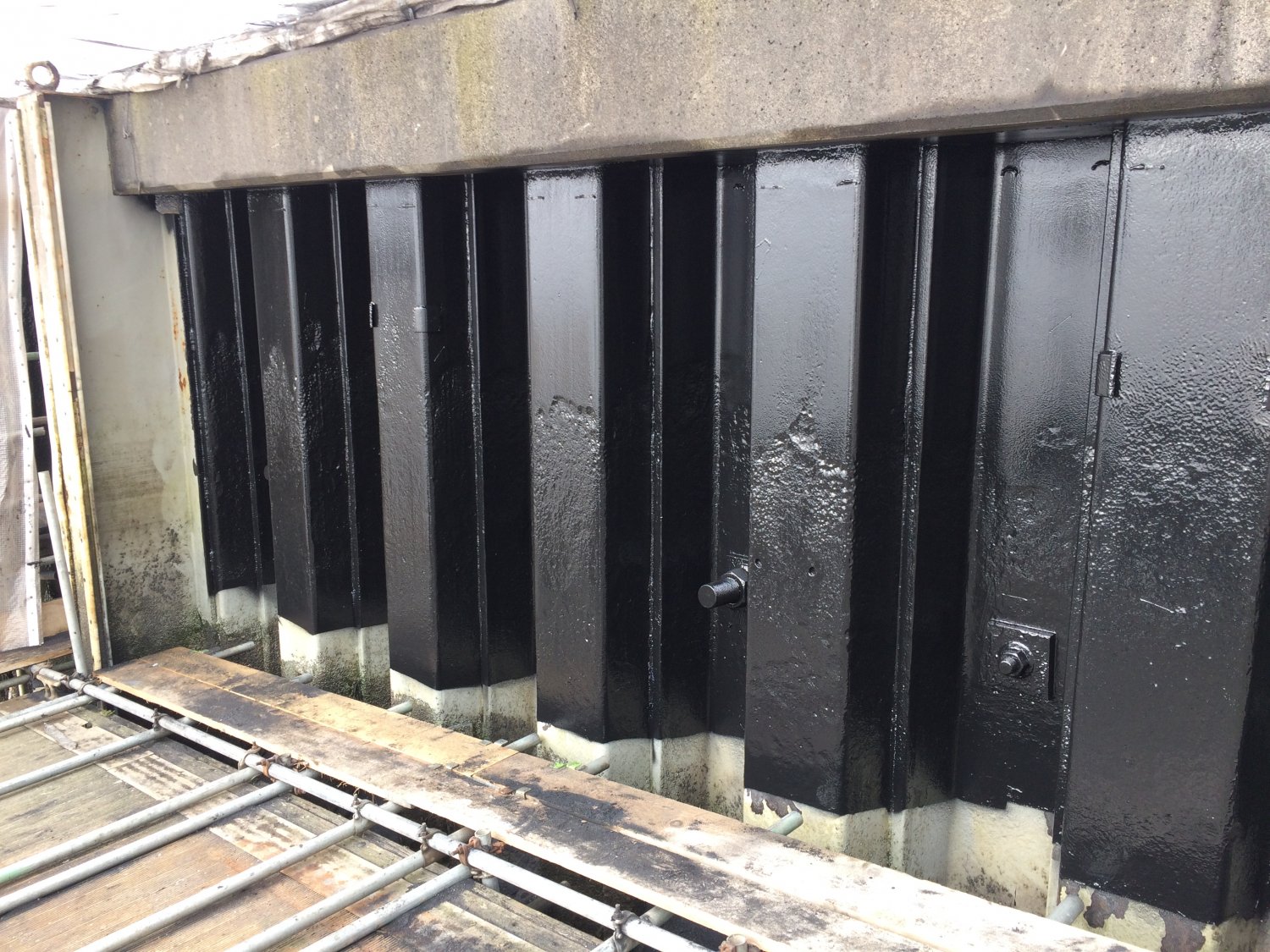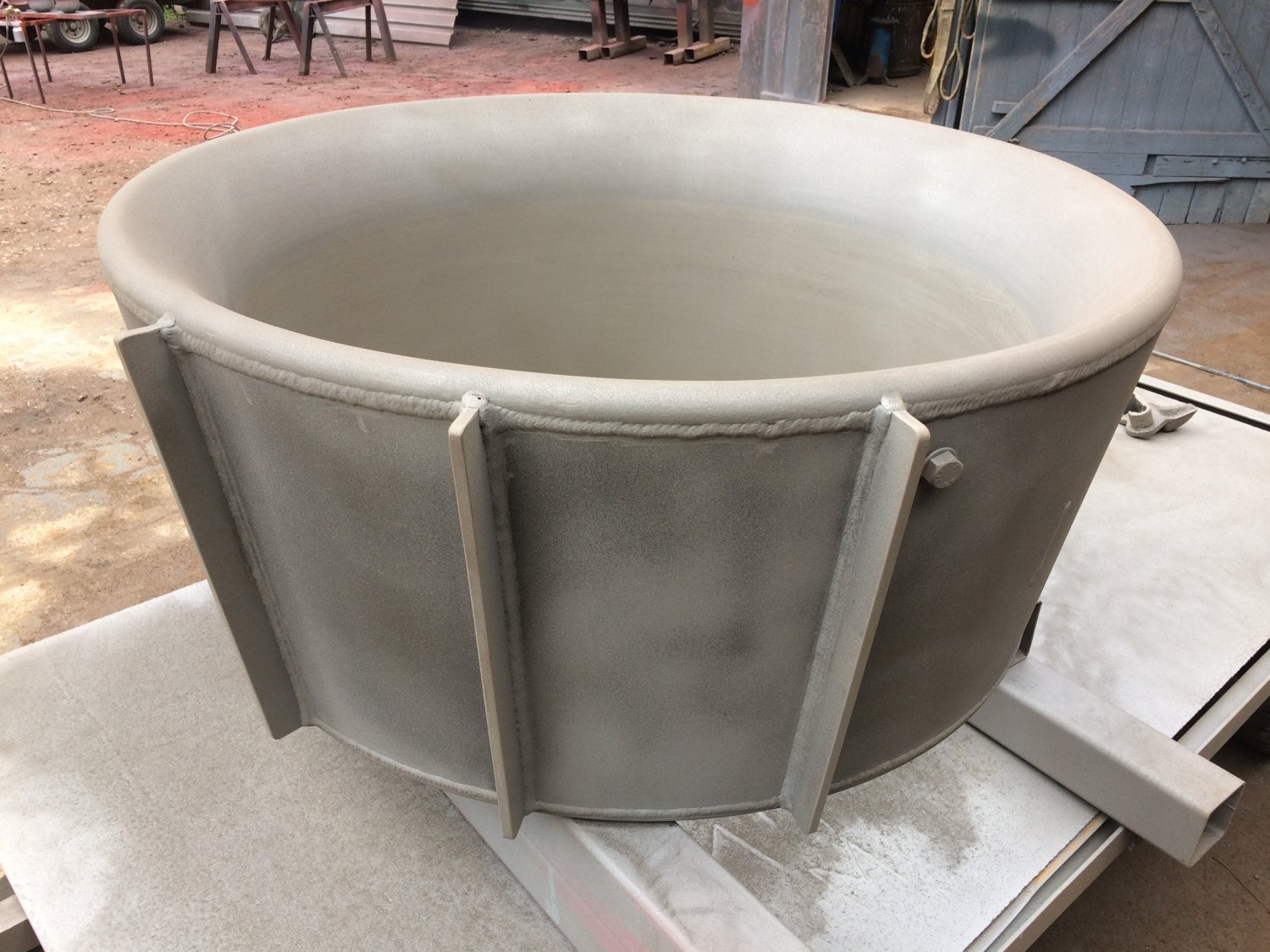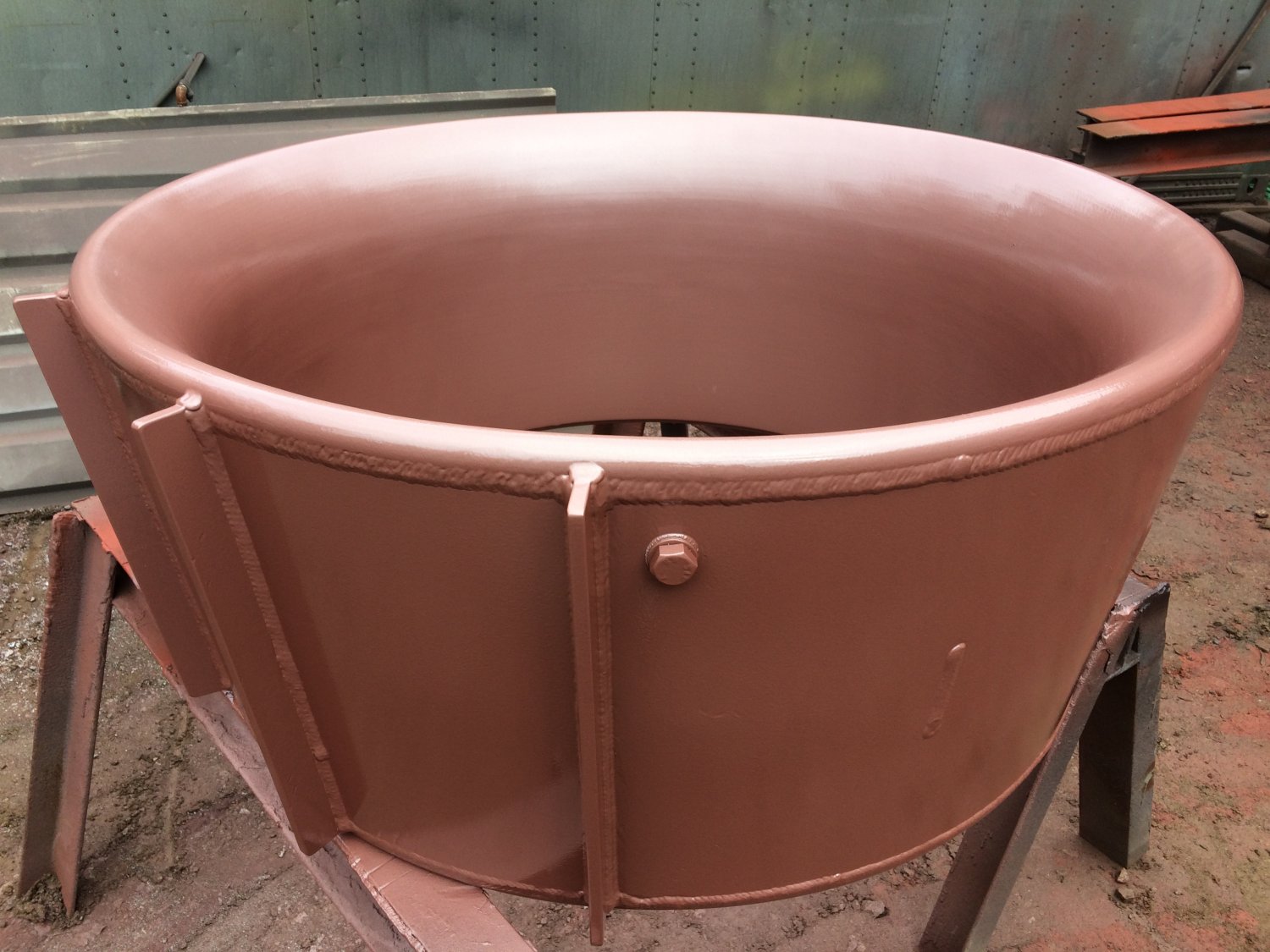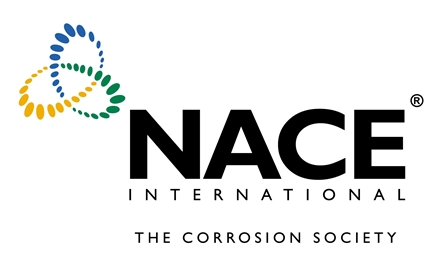

Boats & Marine
K Blasting is well equipped to undertake various boats and marine related jobs, from fibreglass yachts and motor boats to steel fishing boats and barges. Some of our larger contracts consist of steel quay walling ‘piling’, pontoons and link span bridges.
- Yachts
- Motorboats
- Fishing boat
- Working barges
- Pontoons
- Piling (quay walling)
- Link span bridges
Anti-foul Removal from Fibreglass
With many years of experience and knowledge, we can remove anti-foul from fibreglass yachts and motor boats without damage. We will remove 99% of all the old surface coatings, leaving the original gel coat with a fine etched finish that is clean and free of any greases or oils. This process will also expose any weaknesses in the gel coat, such as blistering or voids, allowing them to be filled prior to the re-application of new coatings. Our highly trained operators can ensure that the whole process is carried out with minimum downtime and to the best quality, giving a uniform finish and leaving a minimum amount of preparation before re-coating. It is a standard practice of us to sheet the boat to contain the used grit and debris along with safe disposal.
Steel Boats & Pontoons
Using our equipment, we blast clean to a grade of SA 2.5 standard to remove mill scale, rust and paint back to bare steel. This will provide the perfect surface preparation ready for new coatings.
